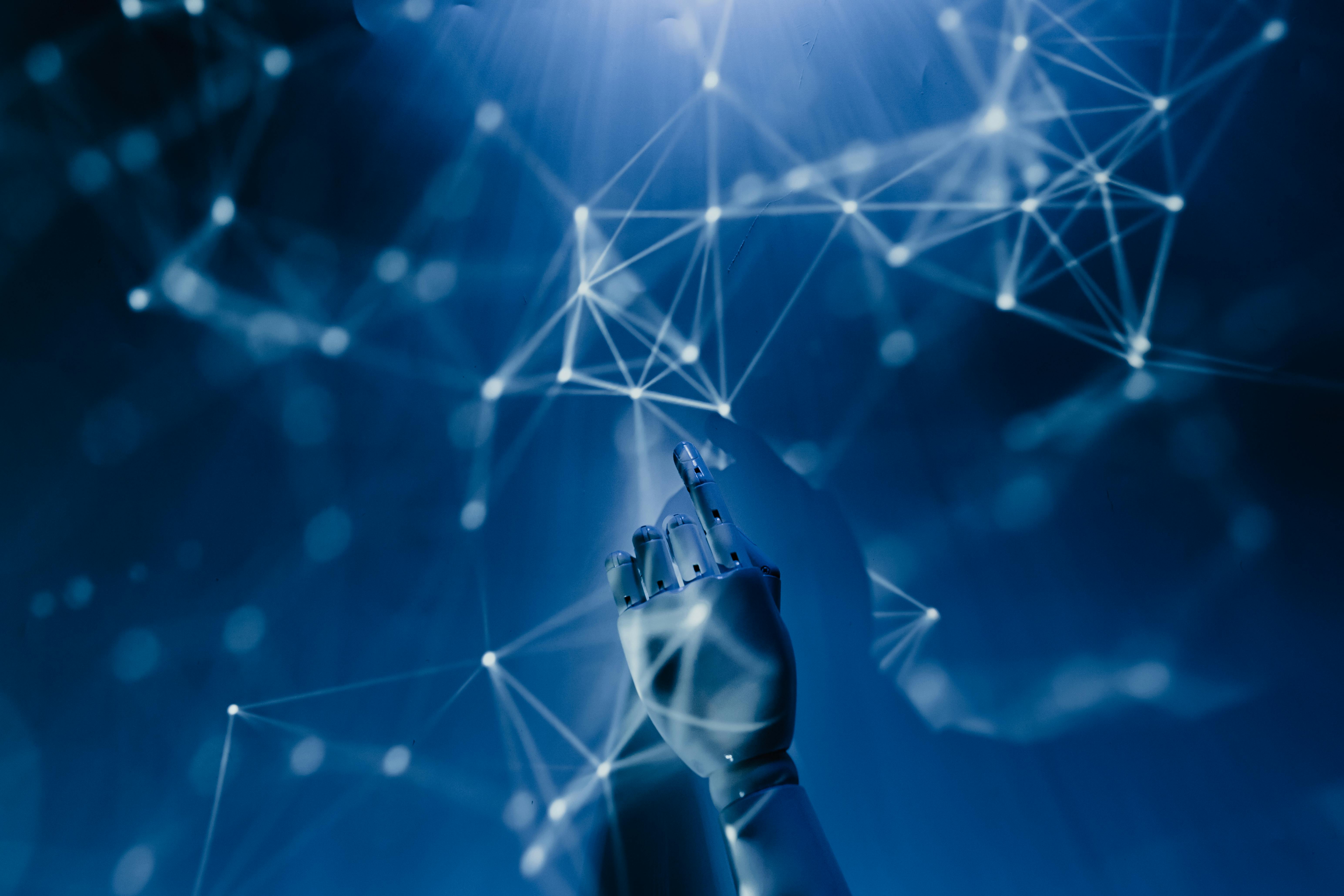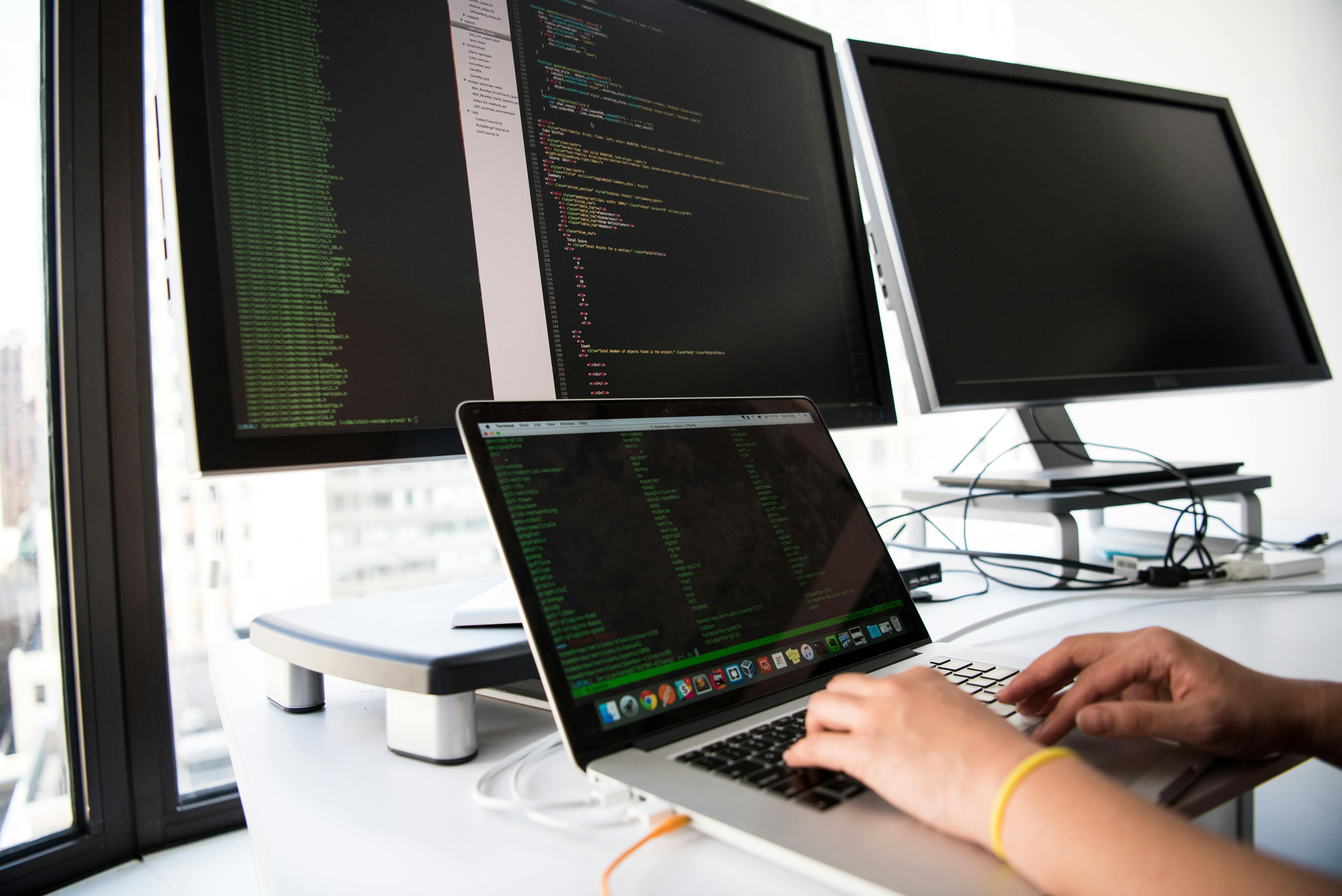The Future of AI in Cybersecurity: Beyond Traditional Approaches

The cybersecurity landscape is evolving at an unprecedented pace. As cyber threats become more sophisticated and frequent, traditional security approaches are proving inadequate. This is where artificial intelligence steps in, not just as a tool, but as a fundamental shift in how we approach cybersecurity.
The Current State of Cybersecurity
Today's threat landscape is characterized by several key trends:
- AI-Powered Attacks: Cybercriminals are increasingly leveraging AI to create more sophisticated and targeted attacks.
- Scale and Speed: The volume and velocity of attacks have increased exponentially.
- Zero-Day Exploits: Unknown vulnerabilities are being discovered and exploited faster than ever.
- Human Factor: Social engineering attacks continue to be highly effective.
AI as a Game Changer
Artificial intelligence is transforming cybersecurity in several key ways:
Predictive Threat Detection
Traditional security systems are reactive – they respond to threats after they've been identified. AI enables predictive security, analyzing patterns and behaviors to identify potential threats before they materialize.
Automated Response
AI can respond to threats in milliseconds, far faster than any human analyst. This speed is crucial in containing threats before they can cause significant damage.
Behavioral Analysis
By establishing baselines of normal behavior, AI can detect anomalies that might indicate a security breach, even if the specific attack vector is unknown.
Real-World Applications
At GolgAI, we're implementing these concepts in our Recon platform:
- Automated vulnerability scanning with AI-powered prioritization
- Behavioral analysis of network traffic and user activities
- Predictive modeling to identify potential attack vectors
- Intelligent threat correlation across multiple data sources
Challenges and Considerations
While AI offers tremendous potential, there are important challenges to consider:
False Positives
AI systems can generate false alarms, leading to alert fatigue among security teams.
Adversarial AI
As defenders use AI, attackers are also leveraging these technologies to create more sophisticated threats.
Data Quality
AI systems are only as good as the data they're trained on. Poor quality data leads to poor decisions.
The Future Landscape
Looking ahead, we can expect to see:
- More sophisticated AI models that can understand context and intent
- Integration of AI across all aspects of cybersecurity operations
- Development of AI systems that can learn and adapt in real-time
- Increased collaboration between AI systems and human analysts
Conclusion
The future of cybersecurity is undoubtedly intertwined with artificial intelligence. Organizations that embrace AI-powered security solutions will be better positioned to defend against the evolving threat landscape. However, success requires more than just implementing AI tools – it requires a fundamental shift in how we think about and approach cybersecurity.
At GolgAI, we're committed to leading this transformation, building intelligent security solutions that don't just react to threats, but anticipate and prevent them. The future of cybersecurity is here, and it's powered by AI.
Related Articles
Continue exploring insights and analysis

Building Scalable Cloud Architectures: Lessons from GolgAI
Key insights and best practices for designing cloud systems that can scale from startup to enterprise, based on real-world experience.
Read MoreReady to Build Something Amazing?
Discover how GolgAI's innovative solutions can transform your approach to cybersecurity.